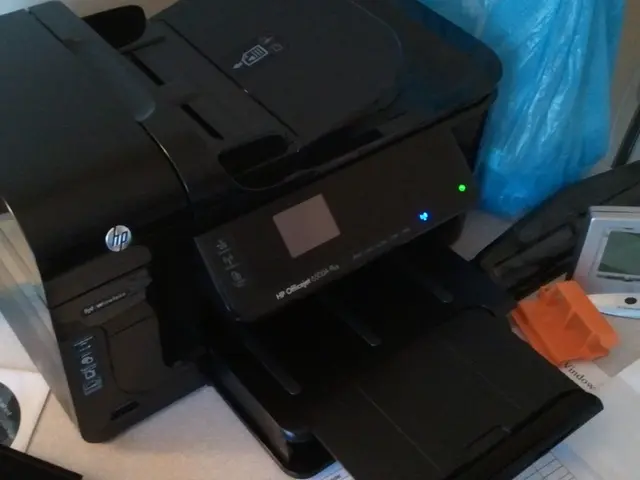Gathering and Utilizing Rainwater Sustainably: A Water Conservation Method
Rainwater harvesting, a growing trend worldwide due to increasing water scarcity concerns, involves collecting and storing rainwater for various uses. This practice can help reduce water bills and energy consumption for tasks like irrigation and flushing toilets.
Before setting up a rainwater harvesting system, it's essential to check with your local government for any regulations. In most areas, basic systems do not require a permit, but it's always best to confirm.
The first step in building a rainwater harvesting system is to choose a storage tank. Common options include plastic barrels, stainless steel tanks, and concrete cisterns. The size of the tank will depend on the size of your roof and the average rainfall in your area.
To ensure the system works effectively, regular maintenance is crucial. Cleaning gutters and downspouts regularly prevents leaves, debris, and dirt from clogging the system. Filters need to be cleaned or replaced regularly to keep the water clean and safe. Checking the tank for sediment build-up is also necessary to maintain water quality.
Using a screen or mesh cover on the tank prevents mosquitoes from breeding in standing water. Mosquito dunks can be used as natural treatments for water containers to prevent mosquitoes. If the water looks cloudy or dirty, the filtration system may need improvement.
A simple pump or gravity-fed system can be used to connect the rainwater system to the plumbing for toilet flushing. For tasks like washing windows, floors, or cars, as long as the water is filtered, it can be used. Rainwater is ideal for gardening as it is free of chlorine and other chemicals found in tap water.
For drinking purposes, a sophisticated filtration system, including UV treatment or reverse osmosis, is essential. With growing concerns about water scarcity, rainwater harvesting is becoming more popular worldwide.
When setting up the system, it's important to consider the roof. Flat roofs can also be used for rainwater collection, ensuring the surface is clean and free of debris. If the tank overflows, install an overflow pipe to direct the excess water to a safe location, such as a garden or storm drain.
By reducing reliance on municipal water systems, rainwater harvesting helps conserve precious freshwater resources. With proper maintenance, a rainwater harvesting system can operate effectively for years, making it a sustainable and cost-effective solution for homeowners.
Unfortunately, the search results do not provide specific information about which city in Germany has the highest number of rainwater collection systems per inhabitant. However, the trend towards rainwater harvesting is undeniable, and it's a practice worth considering for homeowners looking to save money and contribute to water conservation efforts.
Read also:
- Redefining Efficiency: Dubai's Structures Leading the Way in Water Conservation
- Reduced Scope 1 emissions of Airbus due to the use of Sustainable Aviation Fuel
- Unveiling of Advanced Ochre Tools Uncovers Complicated Early Human Craftsmanship
- Financial Management Operations (FMO) spearheads a €130 million syndicated loan for QNB Leasing, a Turkish financial institution.







